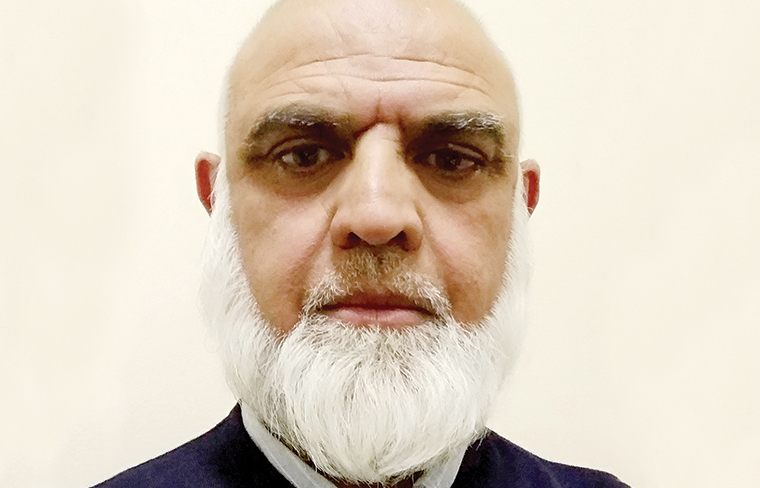-
Increasing demand for rheumatology services will require new models of care worldwide
Looming workforce issues in rheumatology are not unique to the United States. Health care systems around the world are looking at various models to address potential gaps in care for patients with rheumatic diseases.
-
Use illustrations to get more eyes on your research presentation
As important as research results may be, just as important is effectively communicating those results to peers, colleagues, and the broader scientific community. Properly designed visual aids, such as graphs and tables, can be essential in getting the message across.
-
Lupus nephritis research may find approaches that limit renal damage
New data on the pathways leading to kidney injury in lupus nephritis suggest new therapeutic targeting approaches that may limit renal damage.
-
Session explores association between cancer immunotherapy and rheumatic IRAEs
Checkpoint inhibitor therapy has emerged as a frontline immunotherapy cancer treatment, but cancer immunotherapy results in both characteristic organ-specific autoimmunity and idiosyncratic autoimmune reactions. Rheumatologists are being increasingly called upon to treat these patients with immunosuppressive therapy.
-
JIA treat-to-target approach more often includes MRI and ultrasound for assessment
Monday ACR session will review the use of ultrasonography and MRI in the assessment of pediatric rheumatic diseases and the potential benefits of each modality in a treat-to-target approach.
-
Experts to demystify process of getting started as a clinical trial investigator
Clinical trials offer benefits to patients and providers, but getting started as a principal investigator can be a daunting task for physicians.
-
Professor to review latest research in evolving field of medical education
What once was not given much thought by many is becoming seen as increasingly important and as a sough-after career path for more aspiring physicians.
-
Rheumatology could benefit from addition of phototherapy to treatment options
Phototherapy, a familiar therapeutic treatment modality in dermatology, may be coming to rheumatology.
-
Medical community struggles to share information about rheumatolic disease across Africa
Although initiatives to increase awareness, improve care, and conduct research are making some inroads in Africa, there remains a dearth of information on rheumatic and musculoskeletal diseases in Africa.
-
New myositis findings inform changes in disease managemen
New findings about myositis, including new classification and diagnostic criteria along with new data on overlap with other autoimmune conditions, is changing the ways clinicians assess and manage the disease.










